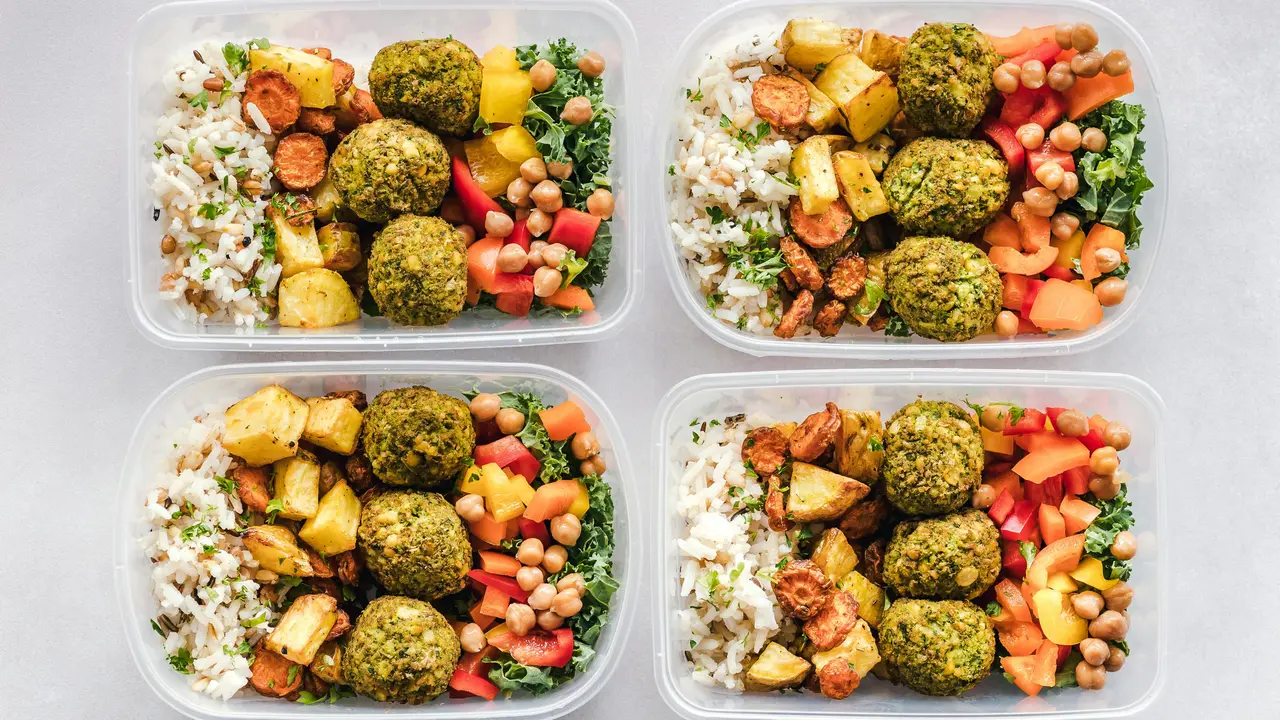Are you tired of trying to bake with hard, clumpy brown sugar? Knowing how to soften brown sugar can be a game-changer in your kitchen endeavors. In this article, we will explore some easy tricks and methods to restore that fresh, fluffy texture to your brown sugar, ensuring your desserts come out perfect every time. Let’s dive into the world of sweet solutions!
Understanding Brown Sugar and Its Clumping Issues
Before we delve into how to soften brown sugar, it’s essential to understand why it hardens in the first place. Brown sugar contains molasses, which retains moisture. When exposed to air, it can dry out, leading to the frustrating hard clumps that many bakers encounter.
Reasons for Brown Sugar Hardening
Several factors can contribute to brown sugar becoming hard:
- Air exposure: If not stored properly, moisture can evaporate, causing brown sugar to dry out.
- Temperature fluctuations: Excessive heat can lead to moisture loss.
- Prolonged storage: The longer sugar sits in the pantry, the more likely it can harden.
How to Soften Brown Sugar Quickly
When you find yourself with a rock-hard bag of brown sugar, there are several quick methods you can use to restore its softness.
The Microwave Method
The microwave is one of the fastest ways to soften brown sugar:
- Place the hardened brown sugar in a microwave-safe bowl.
- Cover it with a damp paper towel.
- Microwave on high for 20-30 seconds, then check the consistency.
Be cautious not to overheat, as this can turn your sugar into syrup!
The Oven Method
If you prefer a more traditional method, using your oven is an effective option:
- Preheat your oven to 250 degrees Fahrenheit (120 degrees Celsius).
- Spread the brown sugar on a baking sheet.
- Bake for about 5 minutes, checking frequently to ensure it doesn’t melt.
Longer-Term Solutions for Maintaining Soft Brown Sugar
While knowing how to soften brown sugar quickly is helpful, it’s even better to implement strategies that prevent hardening altogether.
Proper Storage Techniques
To keep your brown sugar fresh for a longer period, consider the following storage tips:
- Store brown sugar in an airtight container to minimize air exposure.
- Add a piece of bread or a marshmallow to the container; they help to keep the sugar moist.
- Keep the container in a cool, dry place away from direct sunlight.
Using Sugar Savers
There are also specific products designed to maintain the moisture in brown sugar:
- Clay discs, often referred to as “sugar savers,” can be soaked in water and added to your sugar container to keep it soft.
- Commercial moisture-absorbing packets can also do the trick.
Creative Ways to Use Hard Brown Sugar
If you find yourself with hard brown sugar and no immediate way to soften it, don’t worry! There are still creative uses for it.
In Baking
Hard brown sugar can still be used in recipes where it gets heated, such as:
- Cookies: It will eventually soften as the cookies bake.
- Caramel sauces: The heat will help dissolve the sugar.
In Cooking
In savory dishes, hard brown sugar can be grated or broken up to use in sauces, marinades, or glazes.
Conclusion
Knowing how to soften brown sugar effectively can make all the difference in your baking experience. With quick methods like the microwave or oven, along with long-term storage solutions to keep your brown sugar soft, you can ensure your recipes turn out just right. Remember, the key lies not only in learning these methods but also in developing good storage practices. If you found this article helpful, be sure to share it with fellow bakers and check out our other baking tips!
Sugar – Recent Articles
- How Long Does Sugar Last in Your Body? Surprising Facts!
- Is 116 Blood Sugar High? Discover What It Means for You!
- How to Convert Blood Sugar to A1C: Unlock Your Health Secrets!
- How Many Cups in a LB of Powdered Sugar? Find Out Here!
- Discover the Perfect Water to Sugar Ratio for Hummingbirds!
Sugar – Useful Links
- DC – Get the Facts: Added Sugars
- American Heart Association – Added Sugars
- Harvard T.H. Chan – Added Sugar in the Diet
- MedlinePlus – Sweeteners – sugars
- NIDDK – Healthy Living with Diabetes
